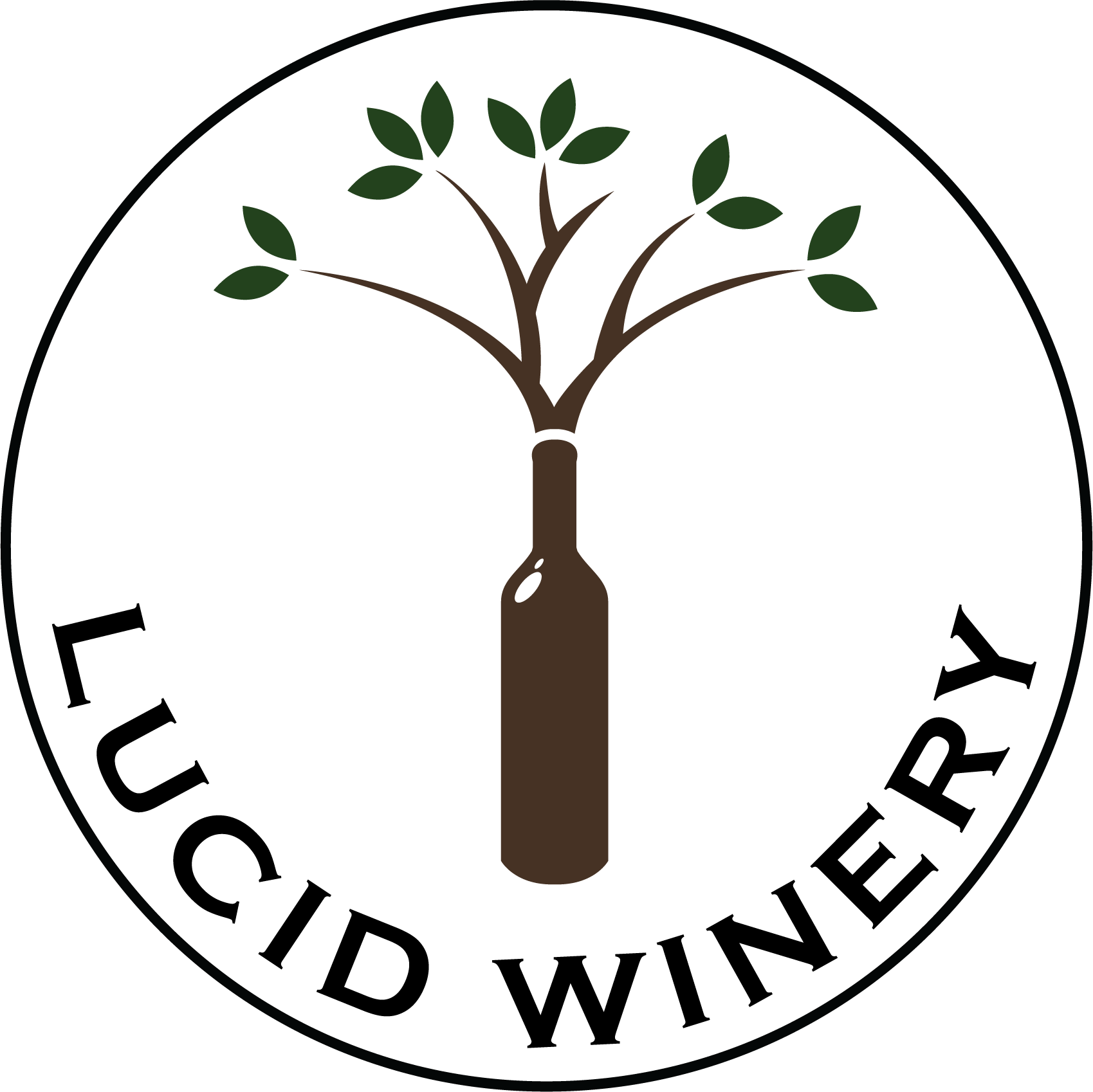The next time you tear off a piece of white bread and pop it into a duck’s beak at the McKinley Park pond remember that ducks and geese in the wild feed on large amounts of protein, greens and unprocessed grains. Worms, crustaceans, grasses and vegetables––not processed breads, cookies or candy.
The ubiquitous duck has a cosmopolitan distribution and is often a young city dweller’s introduction to wildlife. Watching a little one feeding ducks never loses its charm.
So how to keep the ducks healthy and give kids the wildlife interaction that feeding provides?
Here are some tips to keep the feeding fun and the ducks healthy:
- Don’t overfeed. Take a small bag of treats.
- Explain to the kids that the ducks are on a special diet to help them stay healthy.
- Feed dark, leafy greens (not iceberg lettuce), some corn, carrots, and peas for extra treats.
- Western Feed carries fowl scratch and corn. This commercial food is nutritionally designed for birds. Pellets and crumble can be found at other stores.
- You can make small feed balls with brown rice, hardboiled eggs and greens.
- Avoid feeding goslings or ducklings.
Misfeeding waterfowl has heartbreaking consequences. Wings of baby fowl can become deformed from a processed-carbohydrate diet. The unusual deformity called ‘angel wing’ can be a symptom. Adults can also become sick if the bread gets stuck in their crops.
Some day the city might be able to afford pay-to-feed stations with healthy food. Until then, feed the McKinley duck sparingly with nutritious food and enjoy the wonderful park.


















 Subscribe In A Reader.
Subscribe In A Reader. Check Us Out On Facebook!
Check Us Out On Facebook! Check Us Out On Twitter!
Check Us Out On Twitter! Visit Nextdoor!
Visit Nextdoor!









3 Responses to Proper Care and Feeding of McKinley Ducks